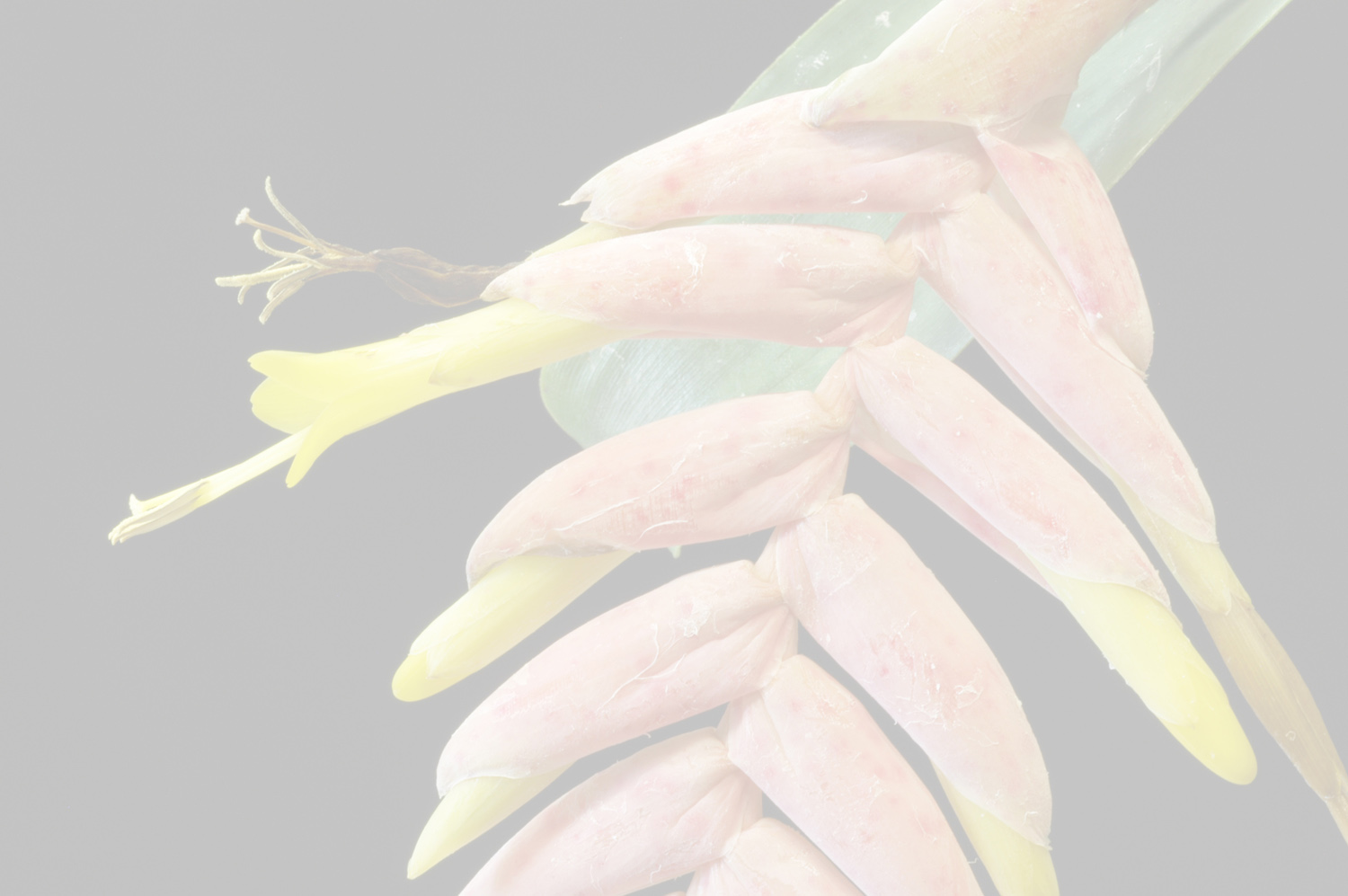Vriesea gracilior (L.B.Sm.) Leme
Literature references:
*move your mouse pointer over the page numbers to see comment
Comments:
- General notes
The first time we collected this vriesea was in 1980. Since then, maintaining it in cultivation was very difficult. Year after year it became weaker. It produced, however, an imperfectly developed inflorescence, which was photographed by Luiz Claudio Marigo. After that, pups were not noticed. It was definitely dead.
As its appearance was very unusual, we decided to return to the place where it had been collected in order to gather new material and supplementary information about it. In September 1990, Roberto A. Kautsky, Jones C.da Silva, and I went to look for it around the city of Domingos Martins, Espirito Santo. The starting point was a hill about 700-800 m high very near that city. We walked along a narrow trail on the crest of the hill for about three hours. On the ground of the Atlantic Forest, a huge population of Quesnelia blanda (Scott ex Beer) Mez was in full flower intermingled with Nidularium procerum Lindman, scattered specimens of Aechmea mutica L.B. Smith, and occasional samples of Aechmea microcephala Pereira & Leme. The epiphytic bromeliad communities of the area were composed of Vriesea ensiformis (Vellozo) Beer, Neoregelia leprosa L. B. Smith, Tillandsia kautskyi E. Pereira, and in the damp spots the tiny Nidularium lymanioides Pereira & Leme, to name a few.
After walking for another hour, the first specimens of the desired vriesea came to view. Now, after 10 years, its population seemed reduced and there was a predominance of young plants. Even so, the few mature specimens found were just beginning to bloom.
Later, this vriesea was detected in Sr. Kautsky's nearby, private forest, as well as in an ecologically similar place in the County of Santa Leopoldina, between Domingos Martins and Santa Tereza.
After thinking at first that it was a new species, we finally concluded that it had been described by Dr. Lyman B. Smith as variety gracilior of Vriesea platynema Gaudichaud, on the basis of a specimen found in the seed-producing stage collected by Mulford and Racine Foster at Santa Tereza on July 26, 1939.
Now, with a full-flowering specimen and the isotype of the variety gracilior it was possible to achieve taxonomic understanding of the bromeliad and to establish that it has characteristics enough to deserve the status of species. —See J. Bromeliad Soc.

